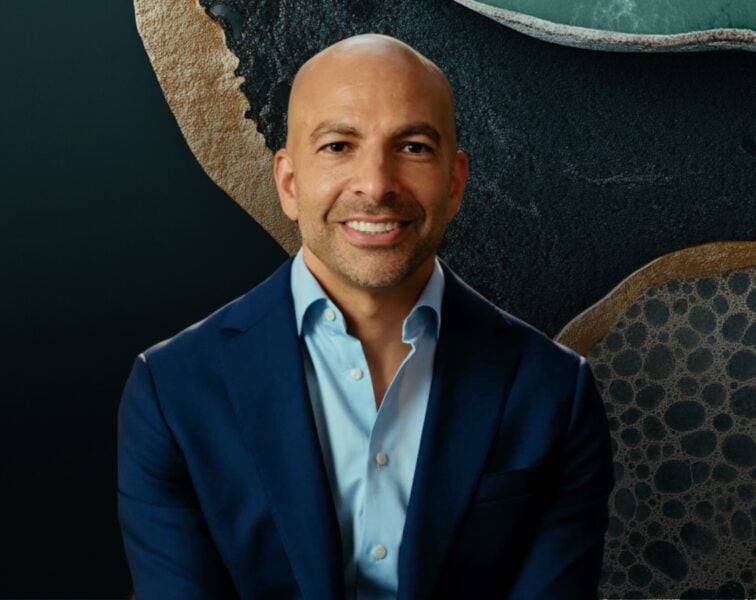I was in Boston last week recording a couple of interviews for the podcast and meeting with some scientists.
I met Mikhail (Misha) Blagosklonny, an M.D., Ph.D., studying cancer and aging, for the first time (thanks to David Sabatini for the introduction). While I didn’t get a chance to interview him for the podcast this time around, we had an interesting conversation, and I look forward to interviewing him in the future. Misha was one of the earliest proponents of using rapamycin for the purpose of longevity. In fact, he may have been one of the first to propose this idea.
Misha’s 2006 paper, “Aging and Immortality: Quasi-Programmed Senescence and Its Pharmacologic Inhibition,” was rejected by basically every major journal as being too far out there, though it was ultimately accepted in a less prominent journal. He argued that aging is a “quasi-program” that results from a “continuation of the developmental program that is not turned off, is constantly on, becoming hyper-functional and damaging, causing diseases of aging.”
He also made the case that inhibiting the TOR pathway can target cell senescence, aging, and diseases of aging, and finding a drug that selectively targets this pathway is an excellent candidate for an anti-aging drug. Given that “TOR” is literally “Target of Rapamycin,” it’s no surprise that rapamycin may increase longevity.
What is a little surprising to me is that the paper was published in 2006. To put this in perspective, it would be three years before the first major study, in mammals (mice), would demonstrate that rapamycin could meaningfully and significantly extend life.
For a bit more background on my favorite topic, check out this podcast with David Sabatini and this one with Matt Kaeberlein. And if you really want to go the whole hog, don’t forget this one from our pilgrimage to Easter Island, the birthplace of the most important discovery in biology.
– Peter




